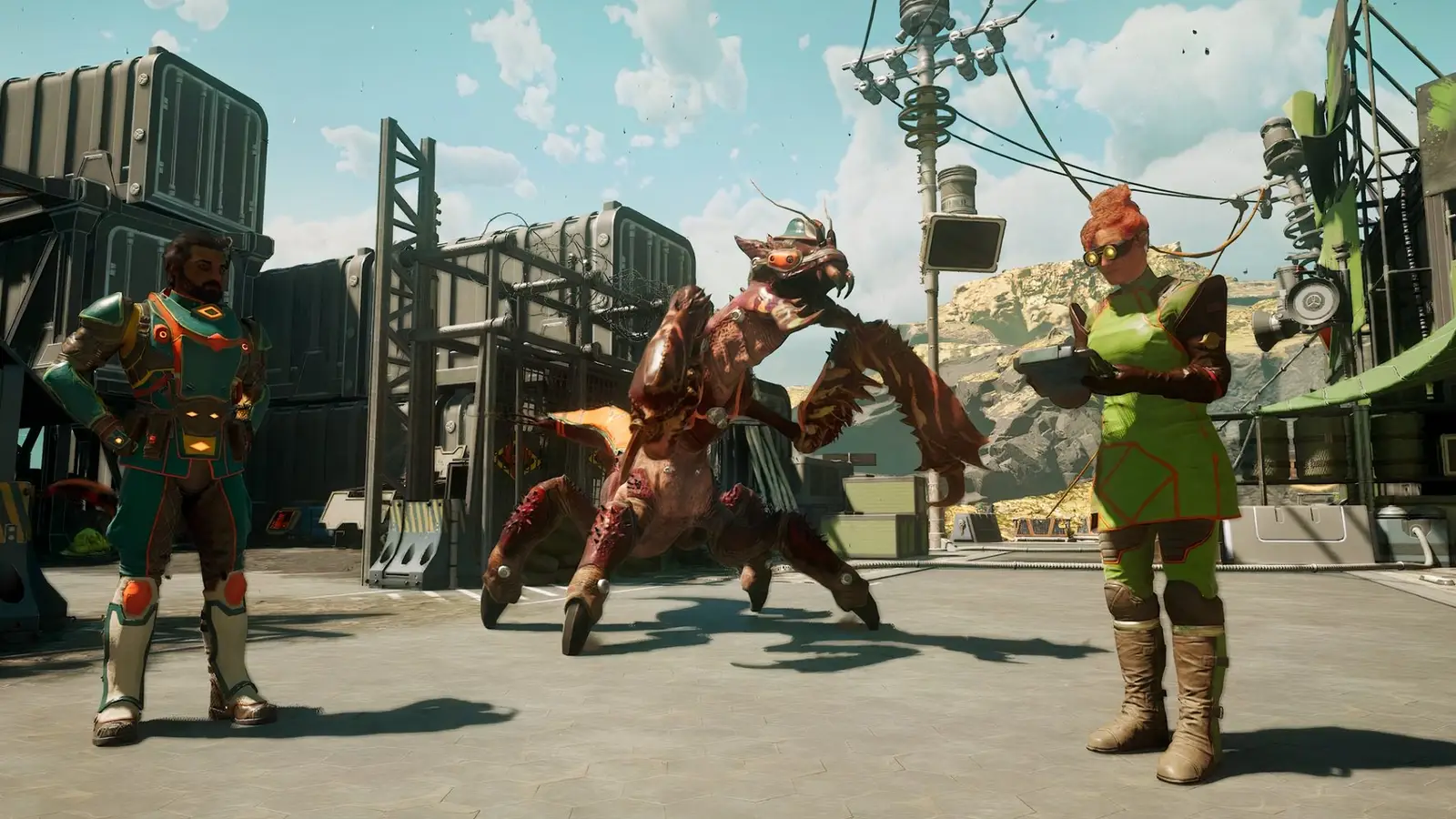Copyright The Boston Globe

But the behavior had not been documented in Mexico until now. In a study published Monday in the journal Frontiers in Marine Science, Higuera included drone footage of the 2020 hunt and of a similar one in 2022. Together, the observations highlight very specialized hunting techniques among orca groups and suggest that climate change and warming seas might be causing white sharks and orcas to encounter one another more often. The first documented attack of killer whales on white sharks occurred in the 1990s, in the Farallon Islands off San Francisco, an area where both predator species overlap. Years later, the appearance of liverless carcasses in South Africa was initially confounding, as the waters were dominated by white sharks. Most encounters have involved hunting larger, adult sharks, which have larger, nutrient-dense livers. But in these two events recorded in Mexico, the orcas were hunting young sharks; only one other instance of juvenile white shark predation has been documented. In both events in Mexico, the orcas flipped the shark onto its back to induce tonic immobility, a trancelike state that temporarily paralyzes the animal. By doing so, the orcas reduce the risk of being bitten, a strategy potentially more easily applied to smaller sharks, the study noted. Afterward, they consumed the liver and left the rest of the carcass behind. Alison Towner, a marine biologist at Rhodes University who was not involved with the research, said it was “exciting” to see how closely the interaction in Mexico aligned with what scientists have documented in South Africa. Towner studies orca-shark interactions in that region, which include two male orcas believed to have repeatedly hunted white sharks. “The same organ is targeted, but the techniques differ,” she said, when compared to the pod in Mexico. Such differences suggest that hunting techniques might be a learned behavior passed within orca groups, Towner noted — “a fascinating part” of their ecology. White sharks are also highly responsive to risk, Towner said, “Once they’ve encountered orcas and survived, they tend to avoid those coastal areas altogether.” That may not be the case with younger sharks that are unaware of the danger. Although orcas inhabit every one of the world’s oceans, local groups typically specialize in a small range of available prey. Each appears to prey on specific animals, including whale calves, seals, herring, rays, and great white sharks. The pod in Mexico, named after an adult male Moctezuma, an ancient Aztec emperor, preys on sharks and rays. The Moctezuma pod has also hunted whale sharks —the largest fish in the ocean; orcas likewise flip them over and attack them to reach their highly caloric livers. “It’s the only thing that’s really worth it for their time,” said Taylor Chapple, a marine ecologist at Oregon State University who was not involved with the research. “It’s sort of like they’re going for the cheeseburger surrounded by a bunch of celery.” Past research has found that recent ocean warming may have shifted the distribution of juvenile white sharks. In the Gulf of California, this makes them available as prey to the year-round orcas. “There’s also a consequence of just more people with eyes on the water and ways to record that,” Chapple said. White sharks, which can grow to 20 feet long or more, are often thought of as invincible. But, Chapple noted, “sharks, even if they are apex predators, are also prey to things.” Orcas and white sharks are each important to an ecosystem, he added, “but when they interact, there still is only one animal on the top.”



